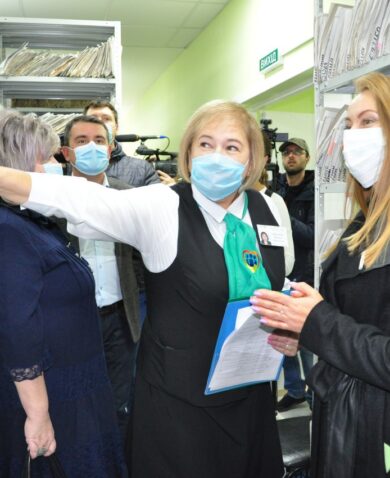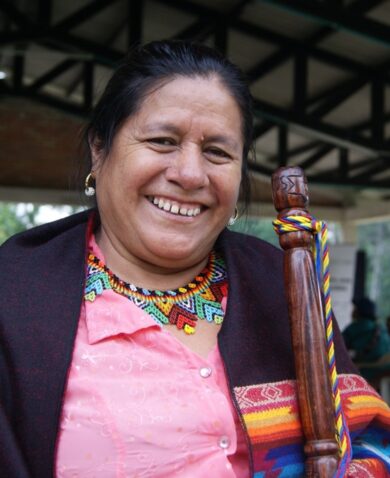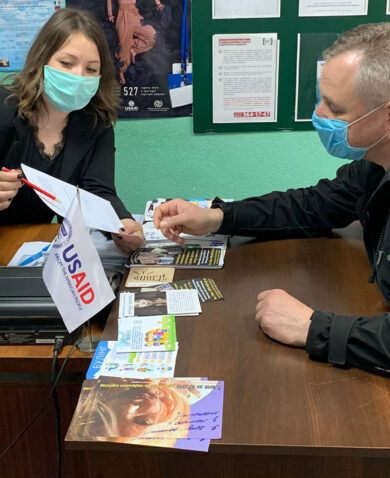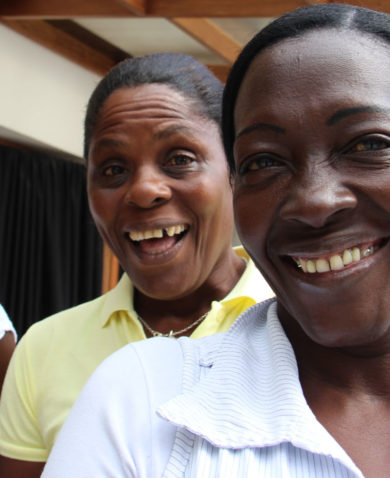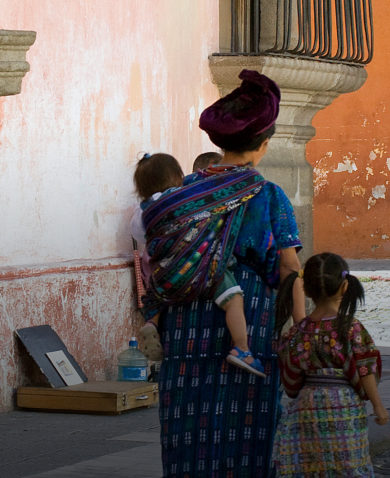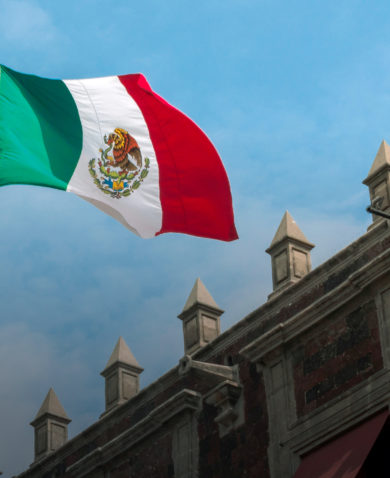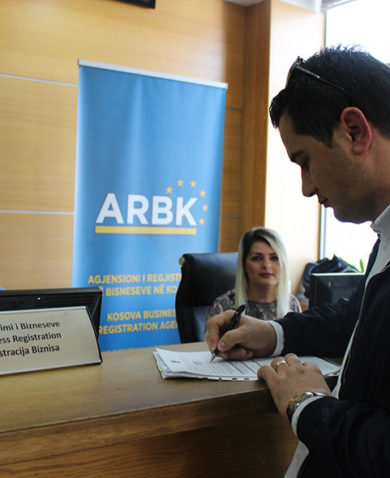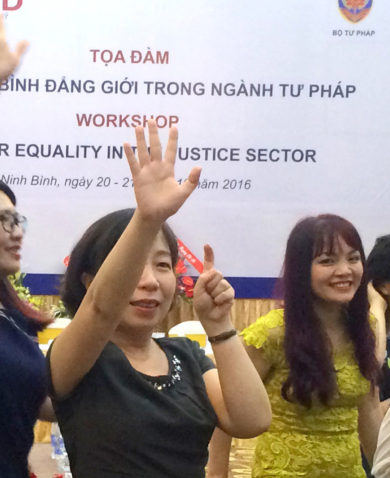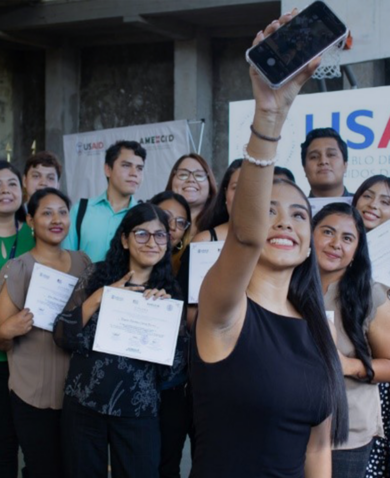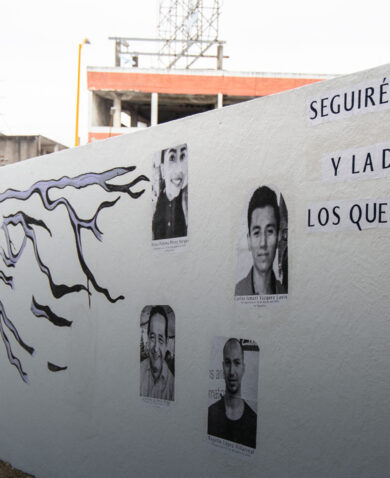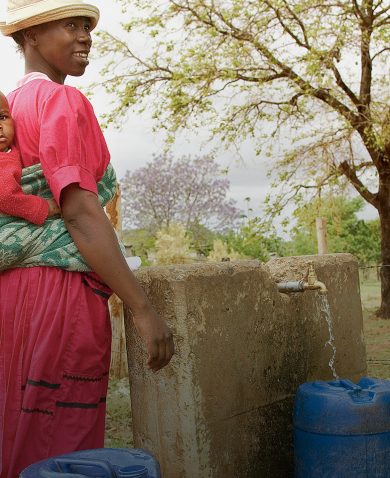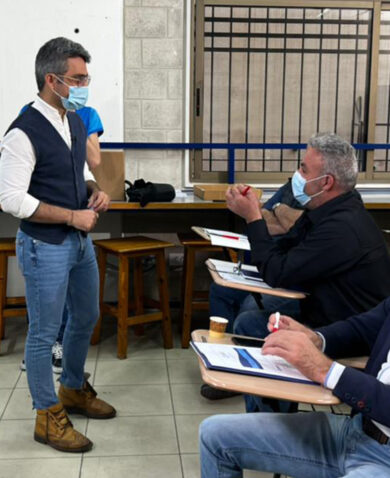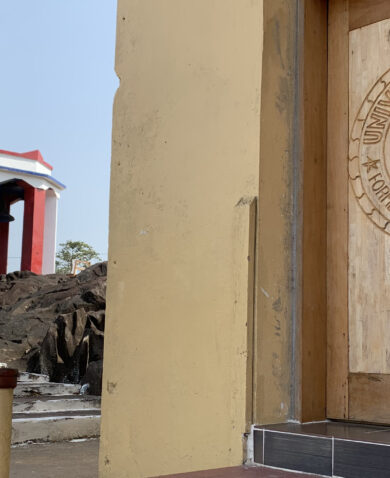
Toward Sustainable Peace: Measuring Efforts to Prevent Human Rights Abuses in Post-Accord Colombia
November 16, 2017 | 3 Minute ReadHow can a development program best measure local government capacity to prevent human rights abuses? Camila Cely Peña highlights a new approach from the USAID Human Rights Activity.
With the signing of Colombia’s peace accord in 2016, new challenges have emerged regarding the country’s human rights agenda. The 2016 United Nations High Commissioner for Human Rights annual report highlighted an increasing concern regarding the killings and attacks on Colombian human rights defenders and other social leaders. According to the Colombian NGO Somos Defensores, in 2016, 80 human rights defenders and other social leaders were murdered. Similarly, the 2016 Ombudsman’s Office report stated that close to 500 threats were made against community leaders and human rights defenders during this period as well. This alarming situation is undermining Colombia’s current peacebuilding efforts.
Preventing new and continuing human rights violations as the country transitions out of conflict is ever more critical if sustainable peace is to be achieved. This context not only underscores the urgent need to establish a variety of alerts for effective prevention and protection, but more importantly, to develop effective preventive actions at the national, regional and local levels in Colombia. Under the current institutional framework, although national prevention policies have set a solid standard, local authorities in Colombia also share responsibilities in implementing these policies to prevent human rights violations in their localities.
In response, USAID’s Human Rights Activity (HRA) in Colombia works closely with local authorities to strengthen their capacities to prevent human rights violations as well as to rapidly advance the implementation of preventive actions in their respective regions. During the past year and a half, HRA has also worked to increase awareness and empower civil society actors on prevention issues. As support and guidance is being provided to both civil society and local authorities, an important question has been raised: how can a development program best measure improved capacity levels of local authorities regarding prevention of human rights violations at the local level? The answer is not a simple one.
A novel approach
HRA evaluated local government institutional capacity concerning prevention of human rights violations using a dual-track approach. By using this approach, HRA was able to identify gaps in authorities’ compliance with national prevention policies. The first evaluation track measured civil society’s perspectives. HRA custom designed and implemented an innovative community scorecard tool applied to victims’ representatives tasked to evaluate the performance of their municipal prevention subcommittees. This tool captured key insight on citizen perceptions of local institutional commitment levels; whether they were aware of budget allocations for prevention; and the extent of citizen participation in the design and adoption of prevention measures.
The second track measured local governments’ progress on reaching four local prevention public policy milestones:
- Set-up of prevention sub-committees
- Municipal development plans incorporating a prevention strategy
- Resource allocation for a prevention strategy
- Approved local prevention plan
Both tracks were applied in 31 municipalities across seven departments throughout Colombia. In addition, taking into account the diverse human rights contexts in each of these municipalities, HRA grouped them by three zones, using as criteria the historic presence of armed groups and the types of violent actions perpetrated by those actors. The three zones were:
- Areas of dispute with historical presence of Colombia’s largest rebel group, the Revolutionary Armed Forces of Colombia (FARC): Nariño and Cauca
- Areas of dispute among actors linked to organized crime competing to control, exploit and profit from illegal economic activities, also known as Organized Armed Groups (OAG): Antioquia and Córdoba
- Areas with hegemonic presence of FARC guerillas: Tolima, Meta and Caquetá
Analyzing Results
Triangulation of data showed that according to the civil society track, citizens in 36 percent of the municipalities perceived improved local government commitment in the prevention of human rights violations compared to baseline data initially carried out in 2016. The analysis of the local government track indicated that 81 percent of the evaluated municipalities already reached all four prevention public policy milestones.
Interestingly, in the departments where FARC used to be a hegemonic armed actor (Tolima, Meta and Caquetá), local authorities had made significant progress in establishing prevention policies. The evaluation also indicated that citizens were aware of these advances. On the other hand, in areas of dispute by different OAGs, data showed that local authorities reached key prevention policy milestones, however citizens did not perceive any improvements. This could be due to the lack of confidence in local and national institutions and the pervasive presence of OAGs that continue to threaten local communities.
Finally, in zones where there used to be a dispute for territorial dominance with FARC (this means guerrilla presence and OAG), the results of the evaluation were inconclusive. In the case of Nariño and Cauca, areas with multiple variables challenging their respective human rights situations, the evaluation did not show any clear trend regarding local government capacity and citizen perception of policy improvement.
The dual-track approach allows HRA to measure improved capacity levels of local authorities regrading prevention of human rights violations at the local level. By collecting baseline data in 2016 and follow-up data in 2017, HRA got an enhanced before-and-after picture during this historical period in Colombia. As a highlight, the dual track approach constituted an opportunity to measure prevention and capacity building efforts, gathering information from citizens and local authorities at the same time to compare.
With this more accurate view of the current Colombian context, HRA is better able to implement effective strategies to promote human rights and peace in Colombia moving forward.


